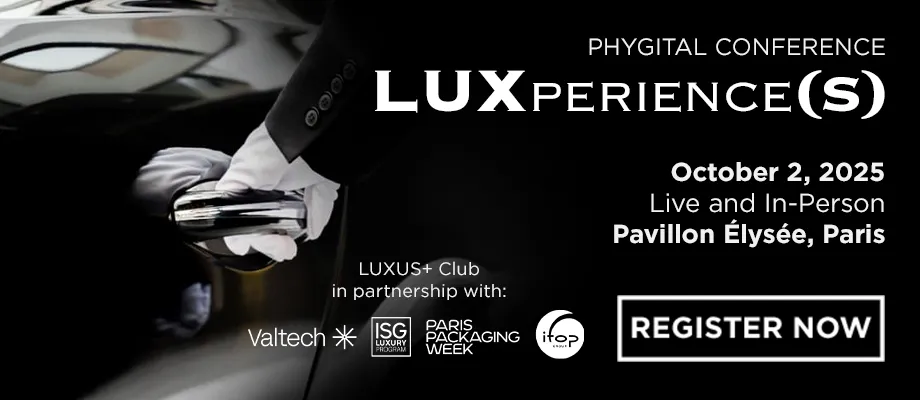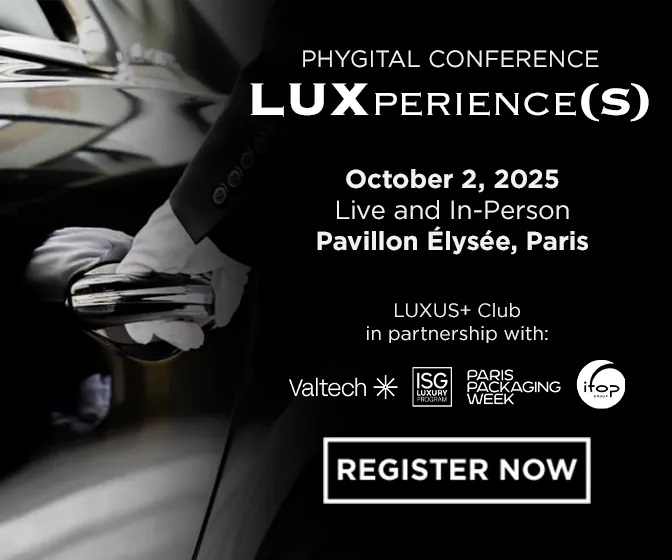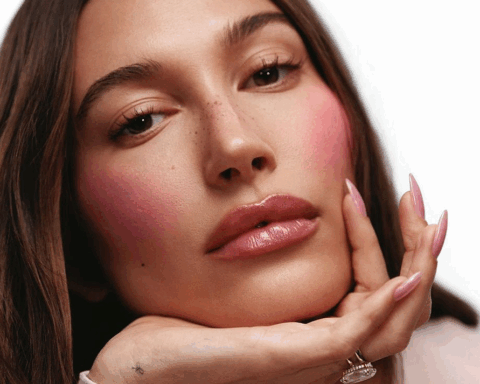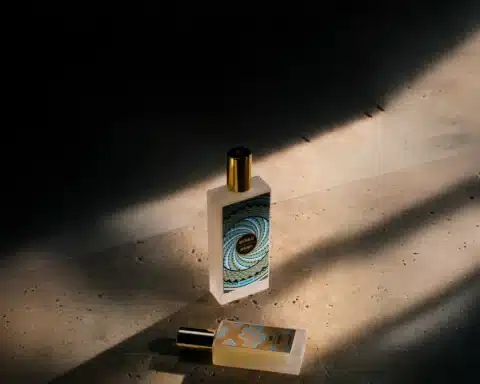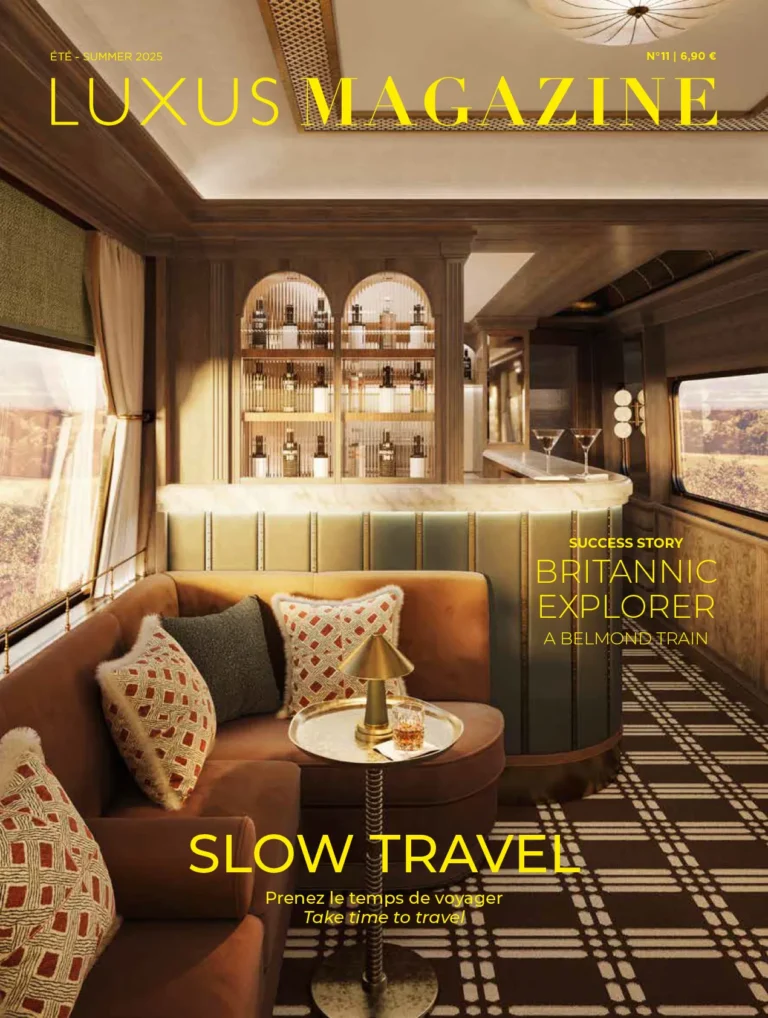Detoxifying, alcohol-free or energizing, healthy drinks are gaining ground in the liquid gastronomy market. Appreciated for their health benefits, they occupy an increasingly dominant position on bar menus and supermarket shelves. From the NoLo mocktail to the popular matcha tea, a decryption of a well-being trend that should be set over time, reflecting new consumer expectations.
Celebrate differently: the alcohol-free party is much crazier
Difficult to ignore the intrinsic link between the emergence of healthy drinks and the decline in alcohol consumption. More than 1 in 10 French people eliminate all alcoholic juices from their lives, according to the study by Seeds for Moderato. More striking figure: 44% of the French-speaking population seeks to reduce or stop their alcohol consumption. And there are many reasons. Health, undesirable side effects, young generation less and less attracted by this type of drinks, Dry January (months of weaning) unifying… Relaxing over a glass of wine, celebrating an event with champagne and having fun in the evening with spirits in hand are no longer seen as a standard that cool, casual people have to meet.
And all the more so since individuals who are followers of NoLo – drinks without or with a low alcohol content – no longer only have classic sweet sodas and juices to turn to. On the menus of bars and restaurants, the offer of mocktails (from English to mock, to mock or parody, editor’s note) has grown considerably. This is evidenced by the liquid culinary works of Matthias Giroud, alias ‘The Alchemist’, who establishes himself ephemerally in the most famous gastronomic places, such as the InterContinental Paris – le Grand, La Folie Douce/Les Arcs, the Edo Hana or even the Sofitel Paris le Faubourg. His alcohol-free creations combining wonders of nature largely compete with instagramable cocktails. Already in 2023, the searches for ‘fancy non-alcoholic drinks’ on Pinterest had increased by +220% and by +75% for ‘bar mocktail’, proof of consumers’ attraction to these beverages.

At home, it is also easy to orchestrate a real festive reception based on non-alcoholic beverages. French Bloom is a well-known name in this universe. The brand of organic sparkling drink without alcohol was launched in 2021 by Constance Jablonski and Maggie Frerejean-Taittinger, tired of not finding qualitative alternatives. With a very good reception from customers, the company sees Moët Hennessy, the Wines and Spirits division of LVMH, investing 30% in its capital in 2024. We also mention Le Petit Béret, a company founded in 2015 by Fathi Benni, an agricultural engineer, and Dominique Laporte, best sommelier of France in 2004. As for French Bloom, the two entrepreneurs had only one wish: to democratize alcohol-free and normalize it both within meals at home and on restaurant tables.
Thanks to these avant-gardists, the market has considerably accelerated, with an expanded offer according to budgets. And the effervescence of NoLo should not weaken: according to International Wine and Spirit Research, the sector is posting double-digit global growth in 2023 at 10 billion euros per year, and should increase its sales volumes by 7% by 2026.
Matcha tea: the healthy drink par excellence
For a few years, a colorful drink has been everywhere: matcha tea. Adopted by China and Japan as early as the 12th century, this green beverage is then used in the ceremonies of the monks’ tea, who praised its properties related to zenitude and calm. Gradually, matcha tea has intruded into the hearts of large families and samurai through traditional rituals still practiced today. The green powder mixed with water in a bowl with a chashaku, a bamboo spoon, thus embodies solemn Asian celebrations and can rely on its history to enhance its benefits.
Matcha is well known for its antioxidant properties and rich in vitamins and minerals. It provides a more concentrated, uniform, and lasting energy boost than coffee. If its primary taste is rather astringent for the uninitiated, this tea turns out to be aromatic with a velvety texture. Especially since coffee shops and large café chains, Starbucks standing out as a precursor in this market, offer drinks more accessible in terms of flavors, with less strong matchas sweetened by milk.
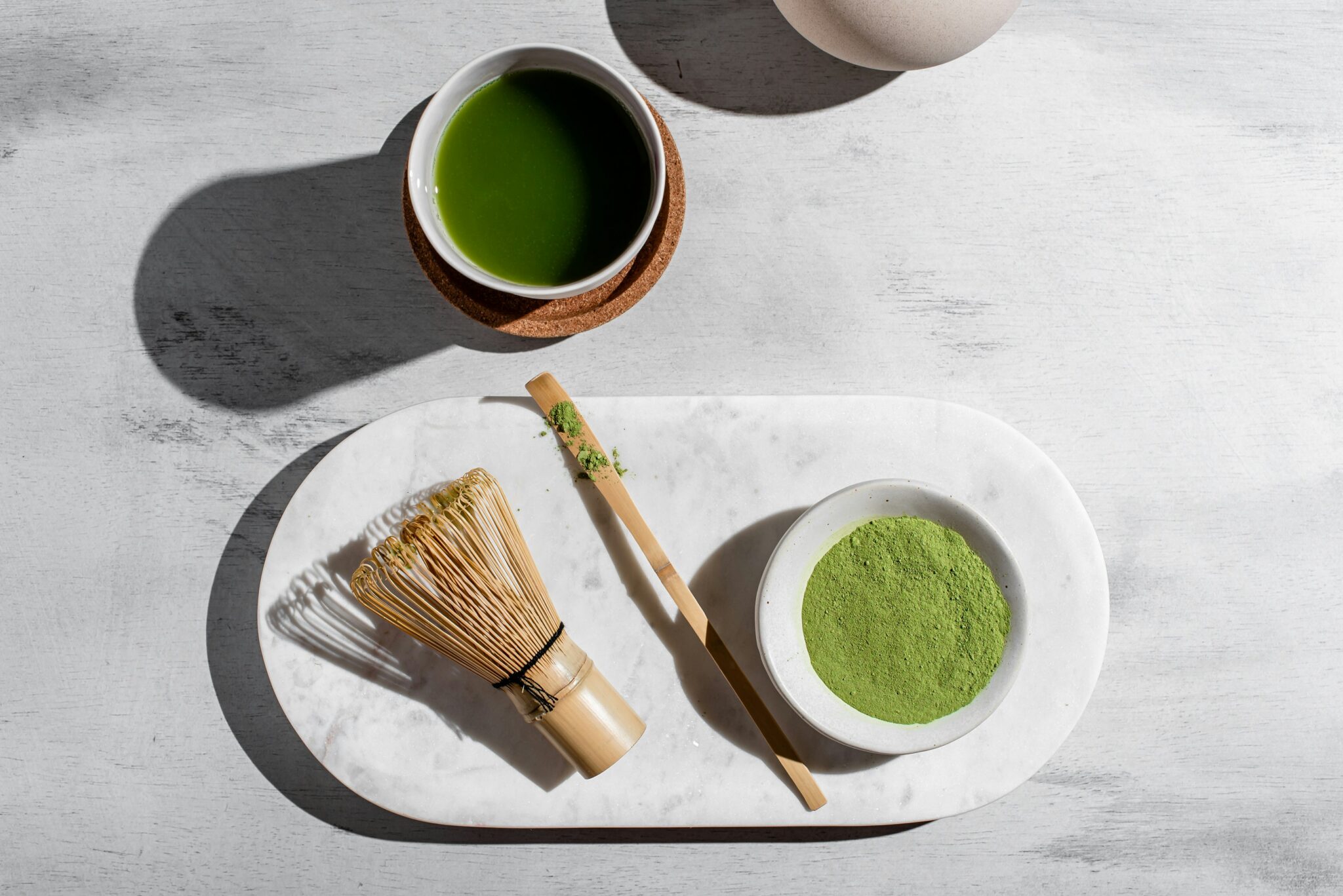
Widely appreciated by the influencers who post themselves on the networks: a milky green drink by hand, matcha comes in various forms, between cakes and mochis. This healthy liquid should not lose its superb in the coming years. The market could reach $7.3 billion by 2032, with an annual growth rate of 8% over the period 2025-2032 according to Data Bridge Market Research.
On the cards, matcha tea is often found alongside chai latte, a spicy tea with many virtues, this time from India. But also not far from organic drinks, mixtures of fruits and plants packed with nutrients that offer natural energy, and fermented juices, such as kefir and kombucha that notably strengthen the intestinal flora. As many beverages chosen almost more for their health benefits than their taste, perceived by consumers as true magic potions.
Article first published in the print edition of the magazine Luxus n° 10, spring 2025
Read also: Matcha tea continues to appeal to the younger generations
Featured photo : © Unsplash

